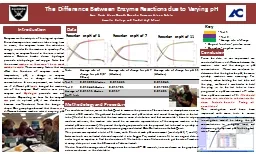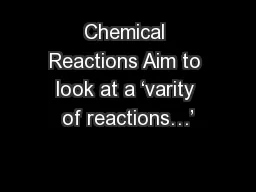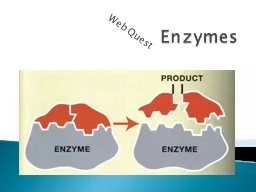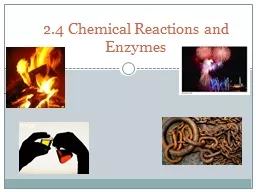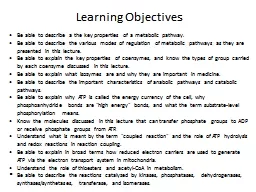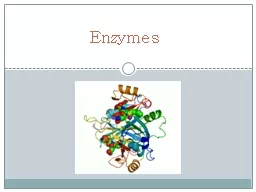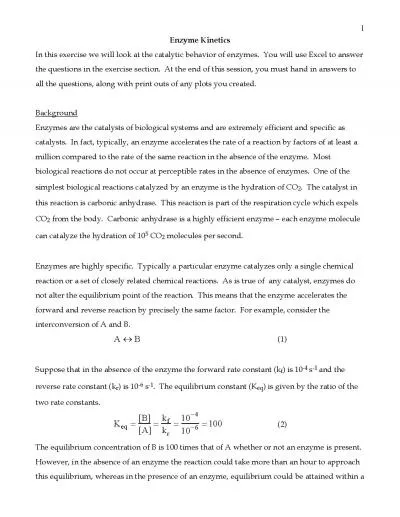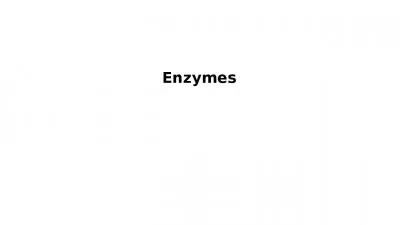PPT-The Difference Between Enzyme Reactions due to Varying pH
Author : debby-jeon | Published Date : 2016-06-22
Zane Rusk Alexis Stroud Quentin Romero Aileen Sotelo Amarillo College and Randall High School Enzymes are the catalysts of biological systems Since decomposition
Presentation Embed Code
Download Presentation
Download Presentation The PPT/PDF document "The Difference Between Enzyme Reactions ..." is the property of its rightful owner. Permission is granted to download and print the materials on this website for personal, non-commercial use only, and to display it on your personal computer provided you do not modify the materials and that you retain all copyright notices contained in the materials. By downloading content from our website, you accept the terms of this agreement.
The Difference Between Enzyme Reactions due to Varying pH: Transcript
Download Rules Of Document
"The Difference Between Enzyme Reactions due to Varying pH"The content belongs to its owner. You may download and print it for personal use, without modification, and keep all copyright notices. By downloading, you agree to these terms.
Related Documents

